
Back when Loki was properly announced, fans had no idea what to expect. Sure, it was going to at least solve his hanging plot thread from Avengers: Endgame, but how?
A little tease during 2020's Super Bowl commercials gave fans a small indication as to where the show was going in the form of the Time Variance Authority. Additionally, many rumors pointed to the series having multiple different Lokis.
That said, how was it all going to come together?
Cut to present day, and all the puzzle pieces from the first season have been revealed. The puzzle itself is not quite complete, as many pieces are scattered around and some are lying out of sight.
With Doctor Strange 2 set to release in 2022, and both Loki Season 2 and Ant-Man and the Wasp: Quantumania not too long after, the consequences of the God of Mischief's finale are just beginning.
In order to understand where we're going, we need to remember how we got here.
THE TVA

Wasting no time, the first thing viewers are greeted with is Loki crashing into a sandy dune in the middle of the desert—a shot that mirrors Tony Stark’s escape from captivity in Iron Man. While Loki was escaping one captivity, another was there to greet him.
This welcome came from the TVA, and with it, a taste of the iron grip the organization has on the timeline—not to mention how they can utilize it. One of the first things viewers see is their ability to selectively slow down time in and around their subjects, specifically showcased when Loki gets a slo-mo smack in the face.
Then there are those time collars that effectively rewind your place in time. It’s best not to think about the mechanics. Instead, let’s put a spotlight on what Mobius first told Loki: “time moves differently in the TVA.”
What does this mean exactly? Well, at the very least, it would seem to indicate that wherever their base of operations is, it isn’t within the Sacred Timeline—at least not directly.
Let’s jump ahead to how the timeline was visualized in the show's finale. Coming off of that dazzling halo of color, hazes are seen coming off of it, from many points, as they interweave throughout the timeline.
The place the TVA lies could be within those hazes, since there has to be some connection to the Sacred Timeline for them to be able to traverse it in any way. A common theory as to where the TVA is hidden lies in the Quantum Realm—a place where time moves differently, yet also has a direct connection to the overall time stream.
Cities in tiny bubbles can be seen in Ant-Man and the Wasp, which some fans believe to be the TVA. The Ant-Man 2 location could also be Chronopolis, the fictional city from the comics that Kang the Conqueror rules over.
THE SACRED TIMELINE
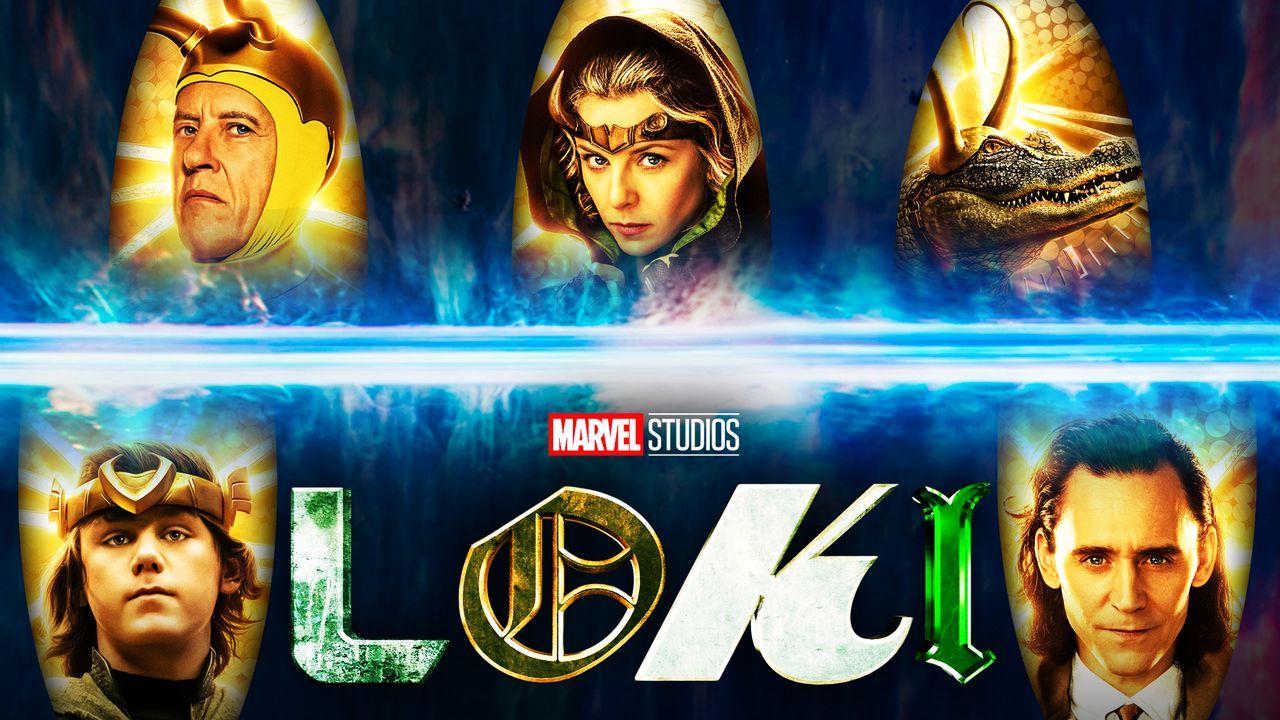
So what’s the TVA’s deal?
They are a chrono-police force with one purpose: to maintain the integrity of The Sacred Timeline, a concept that flipped the MCU on its head.
If there are people monitoring the timeline and making sure everything is playing out in a predetermined manner, that would mean nothing actually matters. Choices are never really made, and free will doesn’t exist––something which undermines the entire MCU.
This concept was a big issue, that is until the TVA and Sylvie "fixed it" in the finale. Because the Sacred Timeline broke and was allowed to branch, off-shoots happened at every point in the timeline, leaving free will restored everywhere, or rather, everywhen.
For anyone in the timeline, the story of Loki, which takes place outside said timeline, there would be no indication that anything viewers witnessed on screen actually happened. For them, nothing would have changed. It would have continued as it always had been.
But why curate the timeline at all? Well, Miss Minutes had just the video to explain, one that all Variants watched as they went through the works for the first time, learning of a “vast multiversal war” which once ravaged existence.
“Long ago, there was a vast multiversal war. Countless unique timelines battled each other for supremacy, nearly resulting in the total destruction of… well, everything. But then, the all-knowing Time-Keepers emerged, bringing peace by reorganizing the multiverse into a single timeline: the Sacred Timeline."
Attributing everything to the “all-knowing Time-Keepers”, Miss Minutes assured that everyone’s best interest was at heart. After all, they do “protect and preserve the proper flow of time.”
"Now, the Time-Keepers protect and preserve the proper flow of time for everyone and everything. But sometimes, people like you veer off the path the Time-Keepers created."
Of course, viewers all know her speech to be half-truths, seeing as the Time-Keepers were all a ruse—at least the ones shown to the audience over the course of Loki’s first season. Really, it was all done at He Who Remains’ behest, but we’ll get to him in a little.
LEFT OR RIGHT?

First, let's take a look at those who have been messing things up for them. Those who may have “started an uprising,” or “were just late for work.”
We call those Variants. Maybe you started an uprising or were just late for work. Whatever it was, stepping off your path created a nexus event, which, left unchecked, could branch off into madness, leading to another multiversal war.”
Whatever action any Variant did to cause a branch in the timeline is called a Nexus Event. The show doesn’t truly dive into what causes such a powerful event to occur, but leaves breadcrumbs for fans to speculate on what makes up such a catastrophic occurrence.
The choice made would theoretically need to be one of a certain weight. It’s unlikely the difference of a song choice or choosing what to watch on Netflix would be notable enough to create such a disturbance.
Whatever action or choice causes a Nexus Event, it has to be one that ruffles enough cosmic feathers. In turn, a certain number of chain reactions would occur, which goes on to create a cosmic bellyache that the timeline needs to throw up in an entirely different direction.
Say someone kills their brother, much like Kid Loki; well, that’s enough to cause a very large disturbance, leading to a Nexus Event being triggered.
LOKI, MEET LOKI, LOKI, AND LOKI
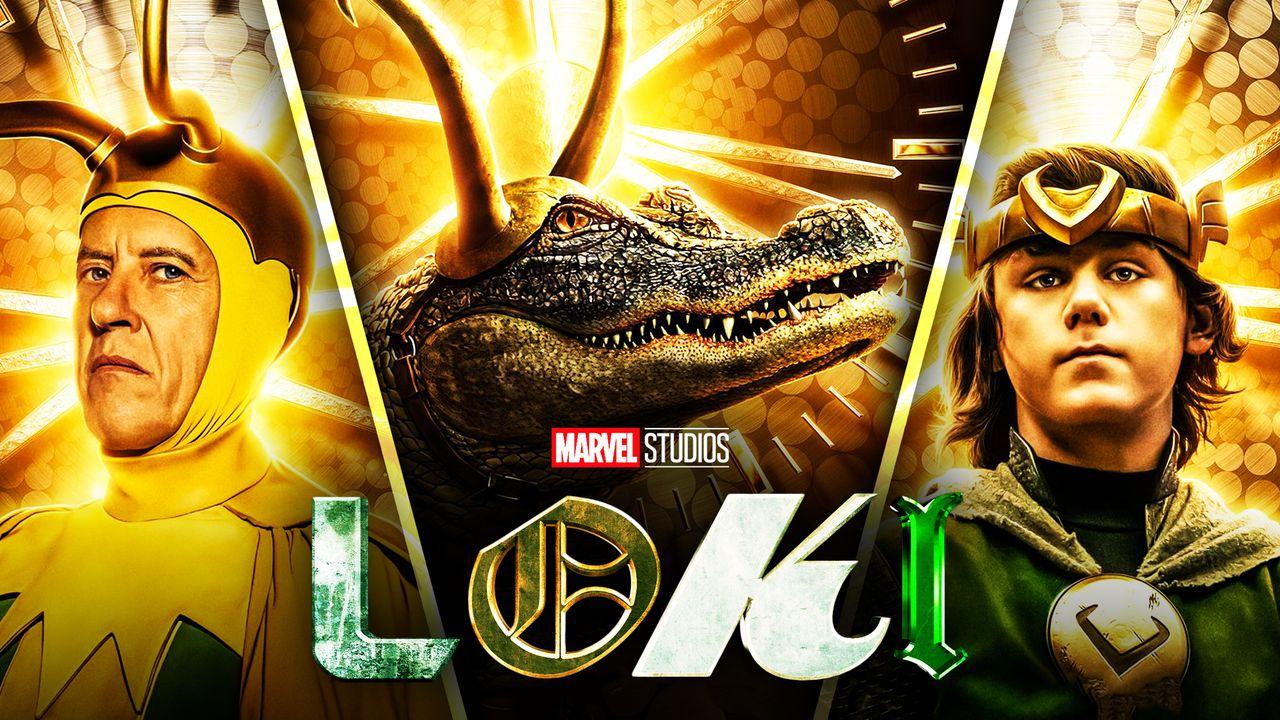
Sylvie is the first introduction to Variants in the MCU, as she’s the first that audiences meet in person after hearing them discussed at length in the TVA. Ironically, coming out of the show, she’s also the only one whose Nexus Event (Loki wise) audiences don’t know.
Then you have Classic Loki, the most focused on of The Void crew. It’s Classic Loki who provides a pretty important piece of information: he embodies what would have happened if Loki had survived Thanos, and then pulled away from everything. According to him, he “cast a projection of [himself] so real, even the Mad Titan believed it.”
While becoming a recluse is interesting, the best part of what he says is how he too experienced Thanos. This suggests that every Loki audiences saw went through the exact timeline of events that the very first Loki fans met in Thor did. This would go on to be applicable to anybody’s Variants (minus the Loki life experiences). This is, of course, up until their respective Nexus Events which cause their time displacement courtesy of the TVA.
That said, how do all of these Loki’s look so different if they all stemmed from the Sacred Timeline?
For example, Tom Hiddleston is not Black, a woman, or an alligator. His form as audiences saw him in Thor is what he’s always been throughout the timeline.
The answer to this lies in the characters themselves: Loki is genderfluid. Pair that with the ability to create whatever appearance they want for however long they please, and you have things like an alligator with horns.
But it’s time for a reality check: what generally happens to Variants again? They get a pruning rod to the gut, or at least a body part of the TVA’s choosing, sending them to the TVA's dumping grounds.
THE VOID
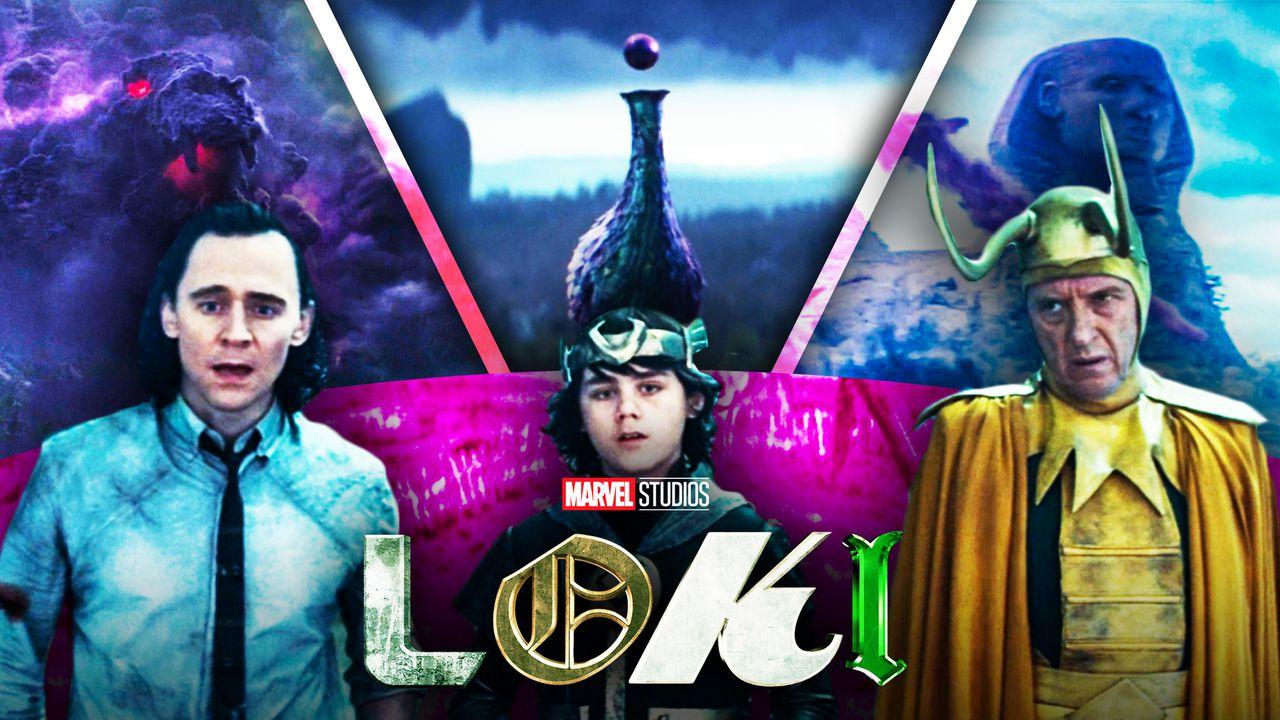
Turns out, all of those people viewers saw die a horrible death at the end of a pruning stick were not actually murdered.
At least, not yet.
Instead, once given a good poke by the dangerous batons, they found themselves dropped into the middle of a gray and foreboding wasteland.
No, not England. Though, you wouldn’t be remiss to think so, given the visuals of the place. Instead, according to Judge Renslayer, this place was “the void at the end of time.”
“The void at the end of time. Where every instance of existence collides at the same point and simply stops.”
The Void seems to play the same role as Limbo in the comics, especially in connection to where a future Variant of Kang hangs out. But why is the TVA sending things somewhere at the end of time? Why not simply erase them from step one?
Well, it’s not that simple. After all, “it’s impossible to destroy all of [an object’s] matter.”
“When we prune a branched reality, it’s impossible to destroy all of its matter. So we move it to a place on the timeline where it won’t continue growing. Basically, the branched timeline isn’t reset, it’s transferred.”
Of course, the goal is still to erase these so-called mistakes from existence. The TVA just needed the extra step to get them to Alioth, an angry cloud that will swallow you whole.
Once consumed, is the matter really gone, or simply now part of Alioth? It’s a question that doesn’t get answered, but all the viewer needs to know is to simply walk in the other direction if you see it glaring.
What viewers do know, is that according to He Who Remains, Alioth is not only "a creature capable of consuming time and space itself," but the creature is "created from all the tears in reality" caused by his Variants' former feud.
It is strange how Loki and Sylvie were simply able to enchant an unimaginably powerful being with relative ease. Of course, maybe it was all a ruse, and He Who Remains allowed it to happen.
HE WHO REMAINS
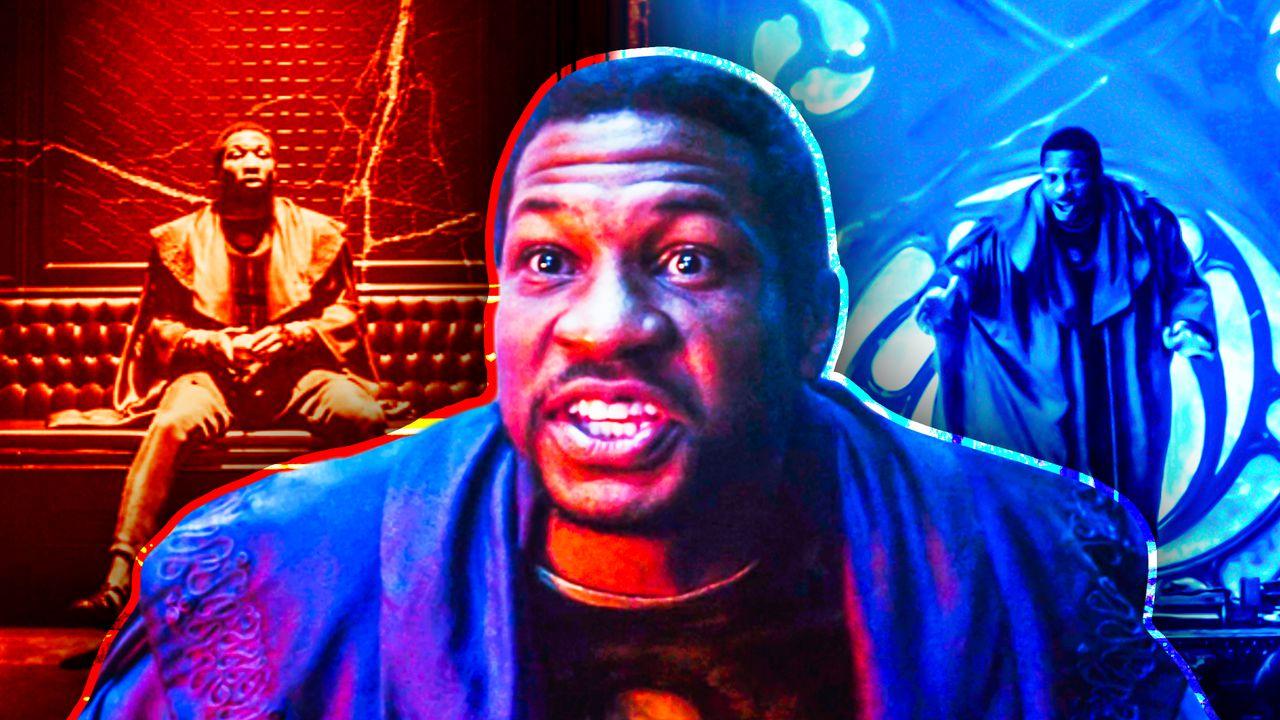
At the end of the day, what was the purpose of the TVA? It was to fulfill the desires of He Who Remains—the self-appointed curator of the Sacred Timeline, to protect everyone from himself.
He Who Remains is one of an infinite number of Variants of himself, all of whom discovered in the 31st Century that “universes [were] stacked on top of his own.”
“Eons ago, before the TVA, a Variant of myself lived on Earth in the 31st Century. He was a scientist, and he discovered that there were universes stacked on top of his own. At the same time, other versions of us were learning the same thing. Naturally, they made contact, and for a while there was peace.”
But when it came to He Who Remains’ Variants, not “every version of [him] was so pure of heart.” Instead, these many new worlds were simply “new lands to be conquered.”
“They shared technology and knowledge, using the best of their universes to improve the others. However, not every version of me was so pure of heart. Some of us, new worlds meant only one thing; new lands to be conquered. The peace between realities [gestures an explosion] erupted into all-out war. Each Variant fighting to preserve their universe and annihilate the others.”
According to He Who Remains, “this was almost the end...of everything and everyone.” So he got to work, creating the Time-Keepers and scheming the TVA into existence. Then the curating began, and up until the arrival of his potential replacements, everything was going to plan.
After accomplishing his life's work, He Who Remains set up shop in a Citadel carved out of an asteroid-type rock, floating in the middle of the emptiness outside the Timeline.
However, there does seem to be some form of time outside the timeline itself, as seen in Loki and Sylvie’s adventure into the Citadel. This is an idea that has not yet been explained, and with plenty of Kang focus to come, it will likely get its due in the future.
He Who Remains does end up utilizing similar methods as the TVA in his own castle, such as the collar that Loki was originally bound with. His device is also used by Sylvie to send Loki flying back to the TVA.
But how can He Who Remains still use TVA tactics all the way out there? As clearly visualized, the asteroid that this Kang Variant is settled on is not within the Timeline.
One simple explanation could be that his device is a more powerful and advanced Tem-Pad. Another reason for He Who Remains’ access to the Timeline is his castle’s unexplained bridge to The Void.
BRANCHING QUESTIONS

It was never going to be easy for the Marvel Cinematic Universe to introduce time travel, timelines, dimensions, realities, and the multiverse, especially when Kang the Conqueror starts getting involved.
The next proper foray into the multiverse, besides whatever Spider-Man: No Way Home ends up being, will be with Doctor Strange in the Multiverse of Madness. The movie is bound to include many answers to help flesh out all of these concepts, including many which could make this analysis all for naught—though that is the name of the game after all.
Let’s start with the timeline. This is, obviously, where nearly all the MCU has taken place. Its many storylines and characters have mainly lived in this space. Punch out of that, and you exit the vibrant circle of flowing colors: the Sacred Timeline.
That Sacred Timeline is no more, however, as now branches are growing from it. Those branches keep growing; an endless cascade of decisions upon choices, upon other actions. Now an important note here is that those “endless” branches all stem from the Sacred Timeline.
But does that mean something like Tobey Maguire’s Spider-Man is now playing out in one of those many branches? Or an even more drastic example, is the world of Spider-Ham a thing now in existence?
It’s certainly possible; however, if every one of those branches viewers saw originally came off of what was the Sacred Timeline, then what possible chain of events would ever lead to something like Spider-Ham existing? Is this something that needs to have originated from a far different “Sacred Timeline”?
If it did have to start from elsewhere, it would need to be an entirely different “Sacred Timeline”, one which had its own endless branching. This is something likely explained by one of the visuals seen in the opening of the finale: those black hole-like circular formations.
COSMIC HIERARCHY
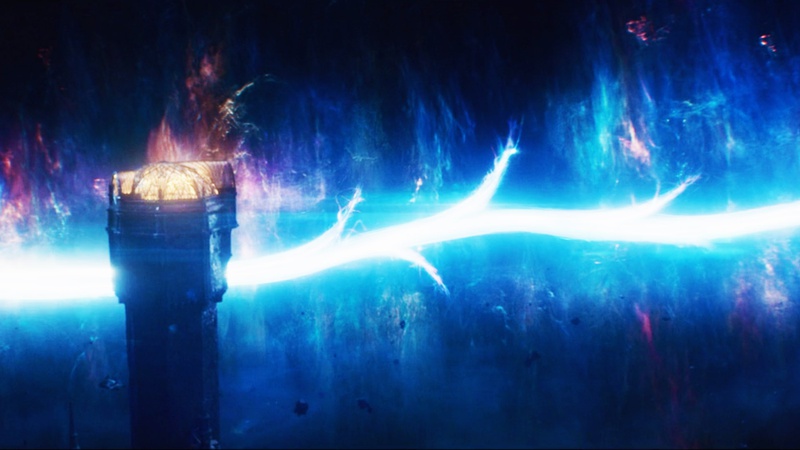
Viewers can clearly see more than just one of those formations in that starting sequence for “All Time. Always.” These are what the camera dove into originally, revealing that within lies the MCU’s timeline and the space of existence outside it. Seeing as there was another formation that the camera didn’t go into, it’s implied that within it would lie its own branching timeline and planes of existence, separate from our own.
It’s enough to cause a headache. Answers to these questions are impossible to have as of now, but hopefully future films provide room for some reveals and a true rundown of where everything is in existence.
Until then, let’s go ahead and fill some blank spaces, namely in the exploration as to where things like dimensions/realms lie. It’s already been noted that something like the Quantum Realm could be within the haze/mist coming off of the Timeline.
As for everything else, they are likely contained in little dimensional pockets found within that space completely outside and disconnected from the timeline itself. This explains something like the Dark Dimension, a place which never knew time in the first place.
There’s one last question to pose: why are some branches of the timeline thicker than others? Does their size relative to each other matter in any way? Does the size of each branch indicate the ratio of their similarity to their originating timeline?
WHO ARE YOU?

When it comes to what’s next for Loki and everything it introduces, one of the biggest questions revolves around Loki's whereabouts. Sylvie most likely intended on simply sending him back to the same coordinates that used to lead to the original TVA the two once knew. That clearly didn’t happen—but why?
Are there an endless amount of TVAs? Or is the TVA still affected time the same way, but the experiences and circumstances that the workers/Variants have gone through were so different because of the freed timeline? This could explain the different Mobius and Hunter B-15.
The conversation that the two of them are having with each other before Loki interrupts gives the teeniest glimpse into what audiences should expect in the next season.
Mobius starts by exclaiming: “That’s what, 63 new branches in this unit alone?”, to which Hunter B-15 responds “does he want us to just let them all branch?”
Hunter B-15 mentioning “he” confirms that wherever Loki is now, this TVA very clearly knows who their leader is—something the new Kang statue confirms.
It’s unclear what this new Kang Variant’s goal is. Is he attempting to clip all the branches like He Who Remains, or is it more of a selective process; one that would leave some of those alternate branches in play?
There will be Doctor Strange in the Multiverse of Madness next year, where, thanks to the appearance of Tom Hiddleston’s God of Mischief, fans might get an early glimpse of the situation that Loki has gotten himself into. Could this maybe be where/when Doctor Strange not only learns of the TVA’s existence but also that of Kang’s as well?
THINGS TO COME
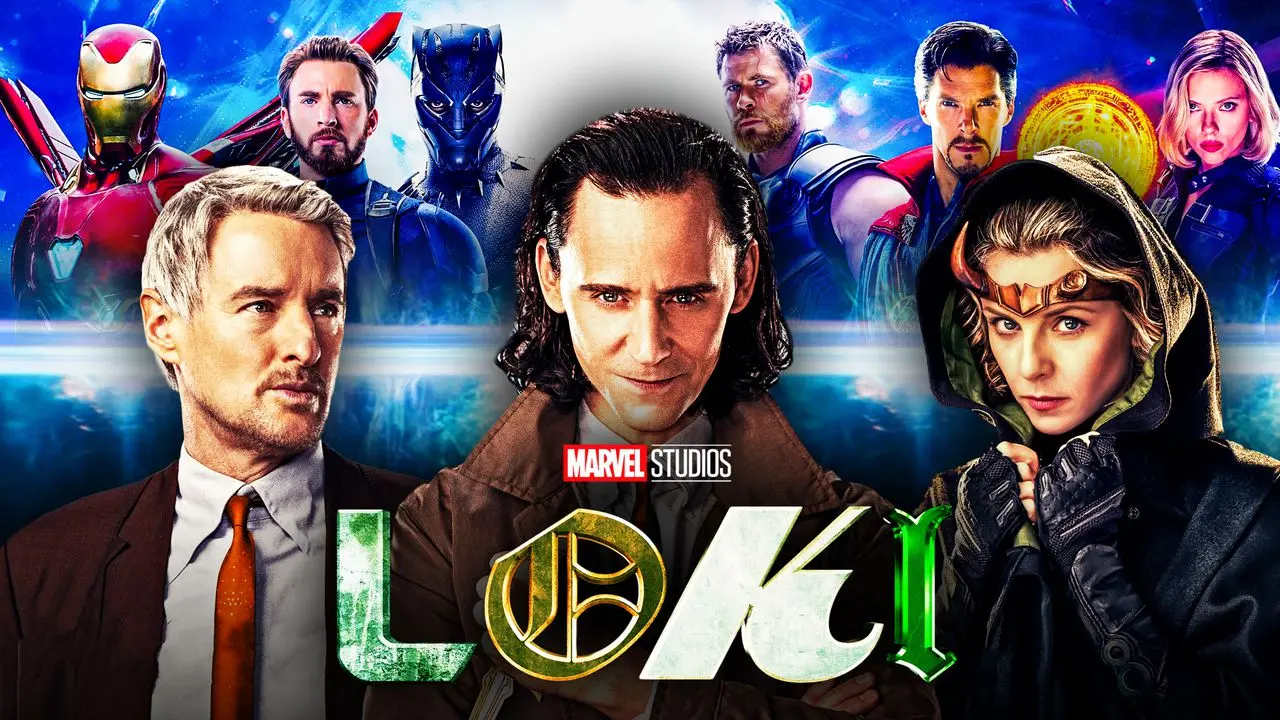
There are many questions and hanging threads in which fans will have to continue pressing on through the MCU’s journey before any real answers come to light.
While no one knows how much Kang will factor into Loki’s second season, it is confirmed he will play an integral role in Ant-Man and the Wasp: Quantumania, coming in 2023.
What’s great about the MCU though, especially these days, is that there is always something on the horizon. In this case, fans have Marvel Studios’ first foray into animation with What If…?, a show which promises to explore some of those many branching timelines both the TVA and Sylvie were responsible for.
So, while it could be a long time before Kang takes the spotlight again, don’t expect the multiverse to leave the stage anytime soon.
That said, the multiverse isn’t the only thing being built up by the MCU. There’s also Val’s team assembling behind the scenes, the likely formation of the Young Avengers, potential clues towards a large Skrull conflict, and so much more.
With the immense amount of projects Marvel Studios is now releasing, fans need to realize that there won’t just be one core overarching storyline building up throughout projects, but rather a handful of big narratives at once. This isn't to take away from Kang in any way, seeing as he is likely to be the crux of the next Avengers level event.
Audiences may have thought Avengers: Endgame was the highest point the MCU could ever reach. Marvel Studios wants to prove they can eclipse their own gold standard, and with all the projects on the horizon, fans may have only just now scratched the surface of the MCU's potential.












